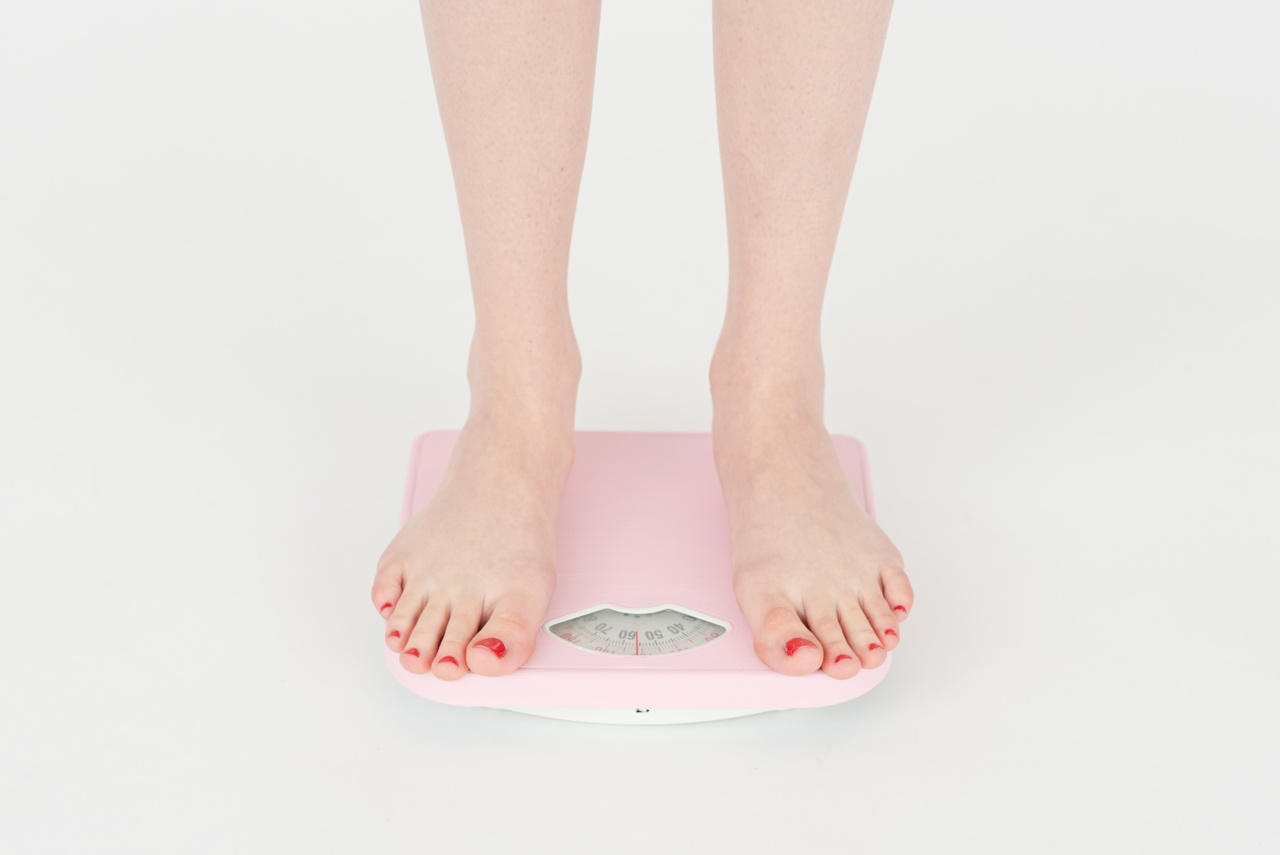High blood pressure, also known as hypertension, is a common health problem affecting millions of people worldwide. It increases the risk of heart disease, stroke, and other serious health complications.
While there are many ways to manage hypertension, one of the most effective methods is by adopting a low-salt diet. In this article, we’ll explore how a low-salt diet can help manage high blood pressure and provide some tips for getting started.
What is a low-salt diet?
A low-salt diet is a way of eating that involves reducing the amount of sodium in your daily meals. Sodium is a mineral that is naturally found in many foods, but it is also added to many processed and packaged foods.
Most people consume more sodium than they need, which can lead to hypertension and other health problems.
How does a low-salt diet help manage high blood pressure?
When you consume too much sodium, your body retains excess water to dilute it. This causes your blood volume to increase, which puts added pressure on your blood vessels. Over time, this can lead to hypertension and other health complications.
By reducing your sodium intake, you can help reduce your blood volume and lower your blood pressure.
How to follow a low-salt diet
Here are some tips for following a low-salt diet:.
1. Read food labels
Many packaged and processed foods contain high levels of sodium, so it’s important to read food labels carefully when grocery shopping.
Look for products that have no more than 140 milligrams of sodium per serving, and try to choose fresh, whole foods whenever possible.
2. Use herbs and spices
Instead of adding salt to your meals, try using herbs and spices to add flavor. Experiment with different combinations to find ones that you like.
3. Choose low-sodium products
When grocery shopping, look for products that are labeled “low-sodium” or “no added salt.” These products are often a good option for people following a low-salt diet.
4. Reduce your intake gradually
If you’re used to consuming a lot of sodium, it may be hard to cut back all at once. Try reducing your intake gradually over time to make the transition easier.
5. Cook meals at home
When you cook meals at home, you have more control over the ingredients you use. Try to cook from scratch as much as possible, and avoid using pre-packaged seasoning mixes, which often contain high levels of sodium.
6. Be mindful when eating out
Many restaurants and fast-food chains use high levels of sodium in their meals. When eating out, try to choose restaurants that offer low-sodium options, or ask your server to prepare your meal without added salt.
7. Stay hydrated
Drinking plenty of water can help flush excess sodium out of your system and reduce your blood volume. Aim to drink at least 8 cups of water per day.
Conclusion
A low-salt diet is an effective way to manage high blood pressure and reduce your risk of hypertension and other health complications. By following the tips outlined in this article, you can start making positive changes to your diet today.





























